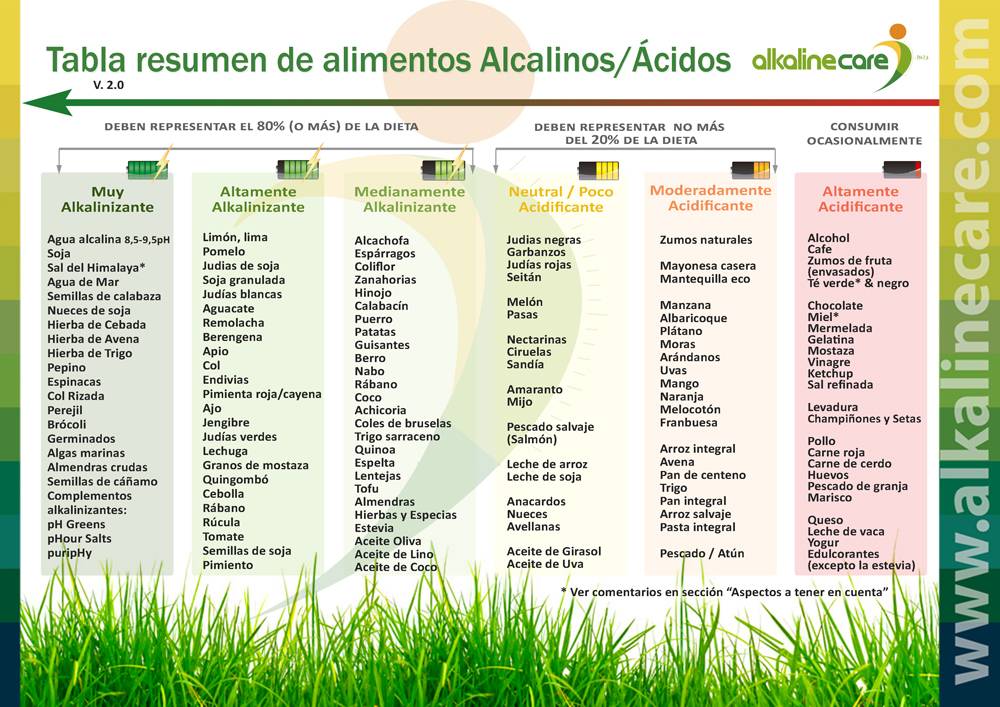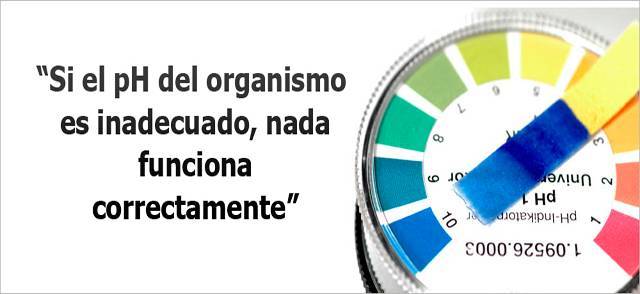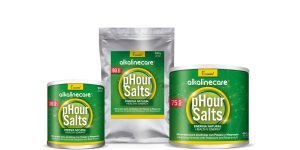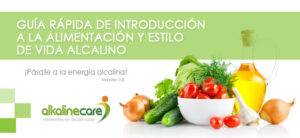The key principles to choose the proportions between acidic and alkaline foods can be summarized into three general rules, supplemented by four additional guidelines for hose individuals with metabolic weaknesses. These will help you achieve and maintain your body’s acid-alkaline balance, ensuring you optimal health. Discover the 7 ways to eat balanced. 7 ways to balance your diet.
7 ways to Eat Balanced
RULE 1: A meal should never consist solely of acidic foods; it should always include alkaline foods too.
A meal with only meat and pasta or fish and rice, followed by a cake for dessert with coffee, is not recommended because it consists entirely of acidic foods. The same applies to a meal of pasta with tomato sauce paired with a sugary dessert.
Adding vegetables, such as salads, raw greens or slightly cooked vegetables can provide an alkaline base to partially counterbalance the acids. However, these vegetables are often present in such small quantities that their effect is negligible. This leads us to the second rule.
RULE 2: In each meal (plate), the amount of alkaline foods should allways exceed that of the acidic ones.
The proportion of base-producing foods to acid-producing foods should always favor the alkaline ones. This allows acids to be neutralized at the intestinal or tissue level without the body needing to draw on its reserves.
RULE 3: The proportion of alkaline foods should increase when the body becomes more acidic or when the individual has a metabolic weakness against acids.
A person with a metabolic weakness against acids lacks the resources to neutralize them effectively.
The more exhausted or weak the body is, the fewer alkaline reserves it has available for buffering, and the less capable it is of oxidizing acids. By introducing fewer acids through a well-adapted diet, the body is relieved of the burden of maintaining the acid-base balance.
RULE 4: A meal should never consist solely of acidic foods; it should always include alkalizing foods.
This rule mirrors Rule 1 but applies to acidic foods rather than acidifying foods.
Eating only fruit, yogurt or drinking whey protein is strongly discouraged because the acidic intake isn’t offset by any alkalizing base. This forces the body to extract alkaline reserves from its tissues, increasing the risk of mineral depletion. Symptoms such as sudden fatigue, tooth sensitivity, cold sensations and muscle aches may quickly follow.
To monitor your body’s pH levels and determine its acid-alkaline balance, tools like pH test strips can be very helpful. These affordable and convenient strips allow you to measure your pH levels in saliva or urine in seconds.
RULE 5: The amount of acidifying foods should be tailored to personal metabolic capacity.
Metabolic weaknesses against acids are rarely total but vary in degree from person to person (and depending on circumstances such as stress, fatigue or work). This means everyone can tolerate a certain amount of acids, which should not be exceeded to avoid overburdening their metabolic capacity.
As long as the intake of acids remains below this threshold, the body can neutralize them through oxidation without causing acidic issues. For example, some sensitive individuals might find that half an apple suits them, but more than that doesn´t. For the same person, a specific food may be acidic above a certain quantity but alkaline or neutral below it.
RULE 6: Acidic foods should not be consumed too frequently.
A person with metabolic weakness against acids can handle a sudden influx of acids by drawing on its alkaline reserves, as long as it is occasional, such as eating too much sugary foods. This won’t disrupt the acid-alkaline balance or lead to acidification problems.
However, time is needed to rebuild the alkaline reserves. If too much sugar, meat (or other acidic food) is consumed too soon, the body will again rely on depleted reserves, which may no longer suffice. This could compromise the acid-alkaline balance and lead to acidification-related issues.
RULE 7: Acidic foods should be consumed when the body is prepared to process them.
An Arab proverb says, “Oranges are gold in the morning, silver at noon and lead at night.” For individuals with metabolic weaknesses, too much fruit could be harmful in the morning but beneficial in the afternoon. This is because their “organic engine” has had time to warm up and normalize by the afternoon.
Similarly, acidic foods are better metabolized in the summer when the body is more naturally equipped to process them.











